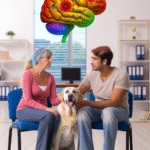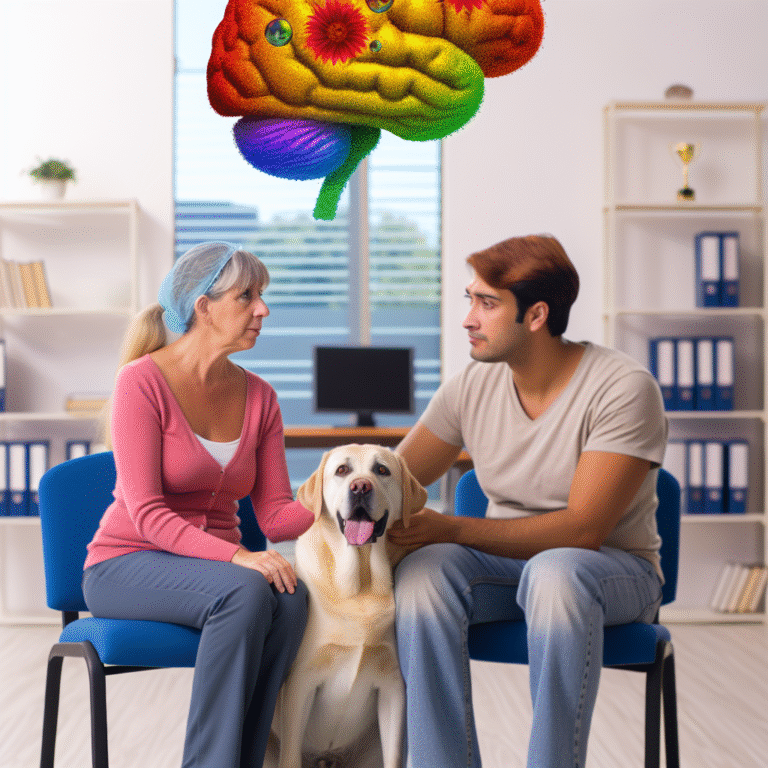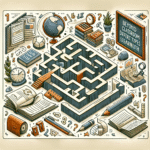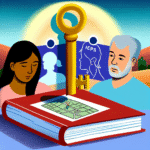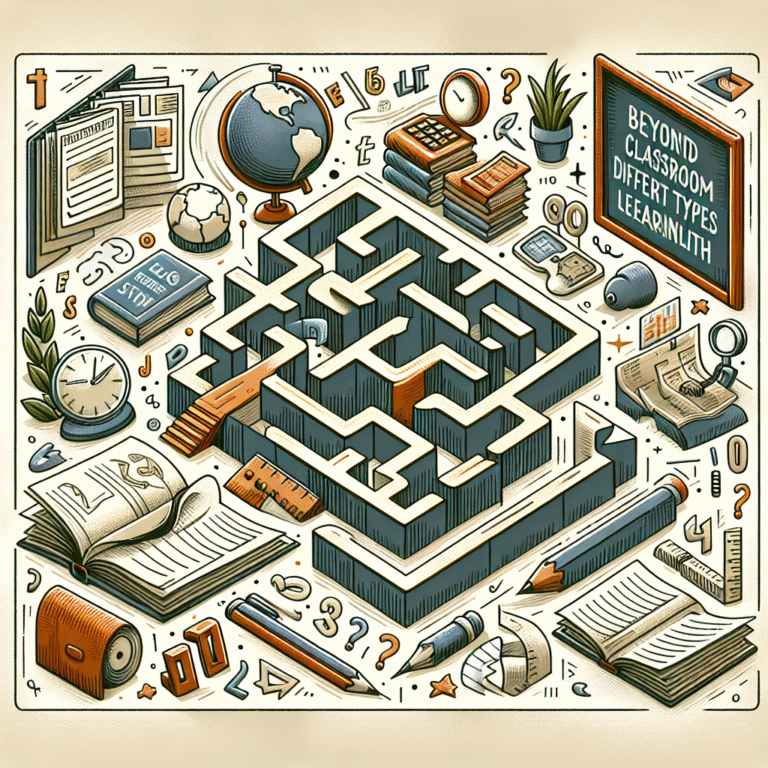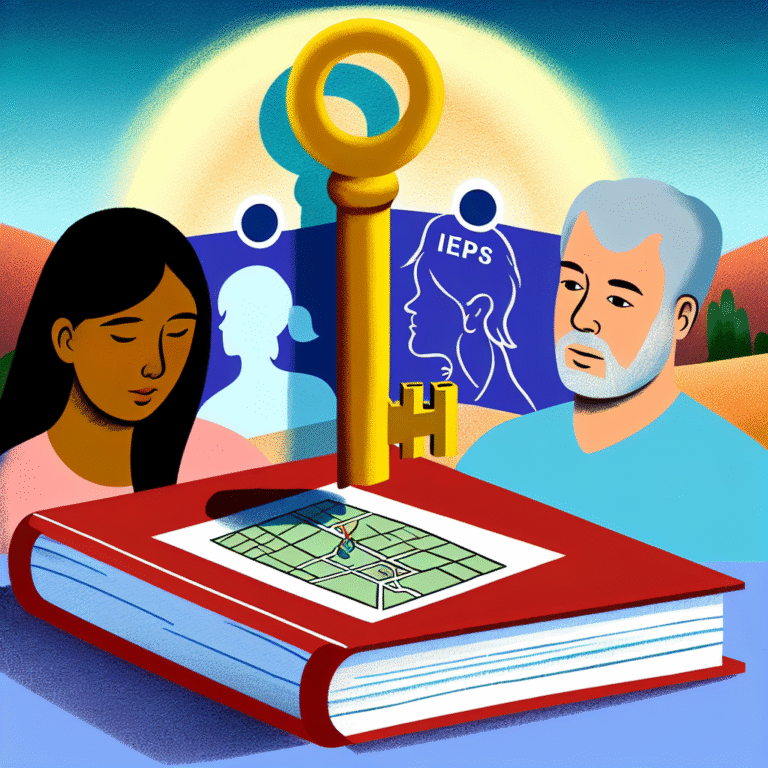
Dissociative Disorders: A Deep Dive into Causes, Symptoms, and Recovery Strategies
Introduction
Dissociative disorders are complex and often misunderstood mental health conditions that can profoundly impact an individual’s daily life. Ranging from temporary disruptions in consciousness to long-term alterations in identity, these disorders can create a challenge not only for those affected but also for their loved ones and caregivers. Understanding the intricacies of dissociative disorders is essential for empathetic engagement and effective intervention. In this article, we will take a deep dive into the causes, symptoms, and recovery strategies associated with dissociative disorders. By exploring real-world case studies and providing actionable insights, we aim to shed light on this essential topic and offer hope for recovery.
Understanding Dissociative Disorders
What Are Dissociative Disorders?
Dissociative disorders are characterized by a disconnection between thoughts, identity, consciousness, and memory. This fragmentation can serve as a coping mechanism for those who have experienced trauma or distress. The primary types of dissociative disorders include:
- Dissociative Identity Disorder (DID): Formerly known as multiple personality disorder, DID involves the presence of two or more distinct personality states or an experience of possession.
- Dissociative Amnesia: This is characterized by an inability to recall personal information, usually following a stressful or traumatic event.
- Depersonalization/Derealization Disorder: In this disorder, individuals may feel detached from their thoughts, feelings, or sense of self (depersonalization) or perceive their surroundings as unreal (derealization).
Case Study: Sarah’s Journey with Dissociative Identity Disorder
Sarah, a 30-year-old woman, began experiencing memory gaps and an unusual change in her persona following a traumatic family event. After seeking therapy, Sarah was diagnosed with dissociative identity disorder. Her case highlights the importance of recognizing both the signs of DID and the necessity of comprehensive treatment plans geared towards reintegrating her distinct identities.
Causes of Dissociative Disorders
The root causes of dissociative disorders can be multi-faceted, often involving a combination of environmental, genetic, and psychological factors.
Psychological Trauma
Most dissociative disorders stem from severe trauma experienced during key developmental periods. Events such as abuse, neglect, or significant loss can lead to a breakdown in an individual’s identity and sense of self.
Neurobiological Factors
Research indicates that long-term trauma can lead to changes in brain structure and function. The amygdala—responsible for emotional regulation—can become hyperactive, while the hippocampus, important for memory processing, may show atrophy.
Genetics
Though less studied, genetics may also play a role. Family histories of trauma or dissociative disorders suggest a potential hereditary influence.
Symptoms of Dissociative Disorders
Understanding the symptoms associated with dissociative disorders is crucial for both diagnosis and early intervention.
Common Symptoms
- Memory Loss: Inability to recall personal information, often directly related to traumatic events.
- Identity Confusion: A fragmented sense of self, leading to difficulties in maintaining a stable identity.
- Detachment: Feelings of being disconnected from oneself or one’s surroundings.
- Altered Perceptions: Individuals may experience distortions in perception, affecting their sense of time, environment, and self.
Unique Behavioral Indicators
Dissociative disorders often come with behavioral signs, which can include:
- Frequent changes in mood or personality.
- Unexplained gaps in memory or chronic feelings of emptiness.
- Anxiety or depression related to past traumas.
Table 1: Symptoms in Different Types of Dissociative Disorders
| Type of Disorder | Key Symptoms |
|---|---|
| Dissociative Identity Disorder | Presence of two or more distinct identities |
| Dissociative Amnesia | Inability to recall personal trauma-related information |
| Depersonalization/Derealization Disorder | Feelings of detachment or unreality |
Recovery Strategies
Recovering from dissociative disorders can be an ongoing journey. Here are some effective strategies that individuals, their families, and healthcare providers can employ.
Psychotherapy
The cornerstone of effective treatment for dissociative disorders often involves psychotherapy. Modalities may include:
- Cognitive Behavioral Therapy (CBT): This approach can help individuals understand and reframe negative thoughts associated with their experiences.
- Dialectical Behavior Therapy (DBT): Useful in fostering emotional regulation and interpersonal effectiveness, making it ideal for those who have experienced trauma.
Case Study: John’s Therapeutic Journey
John was diagnosed with dissociative amnesia after experiencing a traumatic event. He underwent CBT to address his feelings of anxiety and develop healthier coping mechanisms. Ultimately, John was able to recall and process traumatic memories, leading to a significant reduction in dissociative symptoms.
Medication
While no specific medications are approved for treating dissociative disorders, medications may be prescribed to manage symptoms of anxiety or depression that often accompany these conditions.
Support Systems
Engaging a robust support system—friends, family, and therapy groups—can enhance recovery efforts. These networks provide emotional support and facilitate a sense of belonging, which can be crucial for those feeling isolated.
Table 2: Support Strategies
| Type of Support | Examples |
|---|---|
| Family Support | Open communication and education |
| Professional Support | Regular therapy sessions |
| Community Support | Peer support groups or online forums |
Self-Care Practices
Encouraging self-care practices can empower individuals to regain control over their lives. Recommended techniques include:
- Mindfulness and Grounding Exercises: Techniques like deep breathing or focused attention can bring individuals back to the present moment.
- Art or Expressive Therapies: Engaging in creative methods can facilitate emotional expression and sometimes uncover repressed memories.
Conclusion
Dissociative disorders remain an often-misunderstood aspect of mental health that deserves increased awareness and understanding. Their origins are deeply rooted in trauma, but with effective treatment strategies, individuals can reclaim their lives. By emphasizing therapies like CBT, community support, and self-care, we can help those affected live more fulfilled lives. The disparities in symptom presentation and personal experience among those affected highlight a need for tailored approaches in treatment. As we move forward, let’s work together to dismantle the stigma and build understanding around dissociative disorders.
FAQs
1. What are the main types of dissociative disorders?
The main types of dissociative disorders include Dissociative Identity Disorder (DID), Dissociative Amnesia, and Depersonalization/Derealization Disorder.
2. How are dissociative disorders diagnosed?
Diagnosis typically involves a thorough clinical interview, psychological evaluations, and sometimes standardized assessment tools to rule out other mental health conditions.
3. Can dissociative disorders be treated?
Yes, dissociative disorders can be managed and treated with various therapeutic approaches, including psychotherapy and medication to address associated symptoms.
4. What role do support networks play in recovery?
Support networks play a vital role in recovery by providing emotional support, fostering understanding, and creating a safe space for individuals to share their experiences.
5. Is it possible to fully recover from a dissociative disorder?
Recovery is highly individualistic. While some individuals may achieve significant improvement or remission, others may continue to manage symptoms throughout their lives. However, many find effective coping strategies and lead fulfilling lives.
By taking this deep dive into dissociative disorders, we’ve aimed to create clarity, promote understanding, and inspire hope for recovery. The journey may be challenging, but the path to healing is undeniably rewarding.

